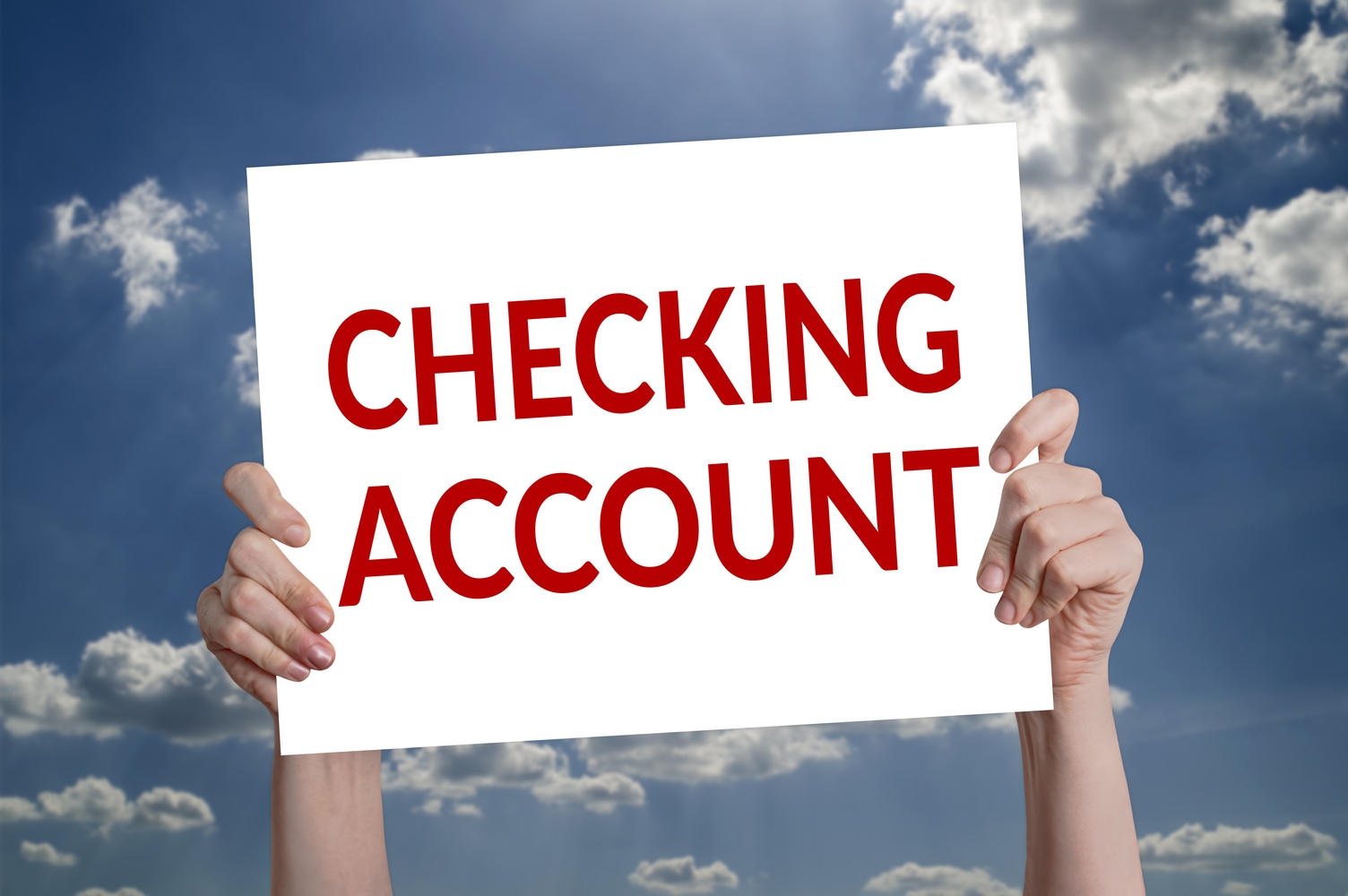Common Pitfalls to Avoid with Your Checking Account
This article highlights common mistakes to avoid with checking accounts, including maintaining insufficient or excessive balances, choosing the right bank and ATM access, monitoring transactions, and safeguarding online information. Following these tips helps optimize your banking experience and prevent financial pitfalls.

Common Pitfalls to Avoid with Your Checking Account
Managing a checking account effectively requires more than just opening one. Being mindful of common mistakes can help maximize its benefits and prevent unnecessary costs. Here are key errors to avoid:
Insufficient funds to cover expenses
Ensure your account always holds enough money to handle essential payments like utilities, groceries, and bills, enabling smooth financial transactions.
Keeping excessive funds in your account
While maintaining a minimum balance is smart, hoarding large sums in your checking account may not be wise. Consider moving surplus funds to higher-yield investment options instead.
Choosing a bank with limited ATM access
Select a bank that provides convenient ATM locations near your home or workplace to avoid costly withdrawal fees from out-of-network ATMs.
Maintaining only the minimum balance
Relying solely on the minimum balance can cause missed opportunities for better deals, like accounts with no monthly fee or higher interest rates elsewhere.
Ignoring transaction alerts
Link your account to your phone to stay updated on your expenses. Monitoring your transactions helps prevent overdrafts and unnecessary charges.
Overlooking transaction details
Review monthly statements regularly to ensure all charges are correct. Staying vigilant reduces the risk of unnoticed fees or fraud.
Sharing bank details online
Avoid linking your checking account to numerous online retailers. For safety, prefer cash-on-delivery or secure payment methods to minimize cyber risks.
Stay informed about banking tips and latest updates on Banking. Connect with us on Facebook and Twitter for more financial insights.










